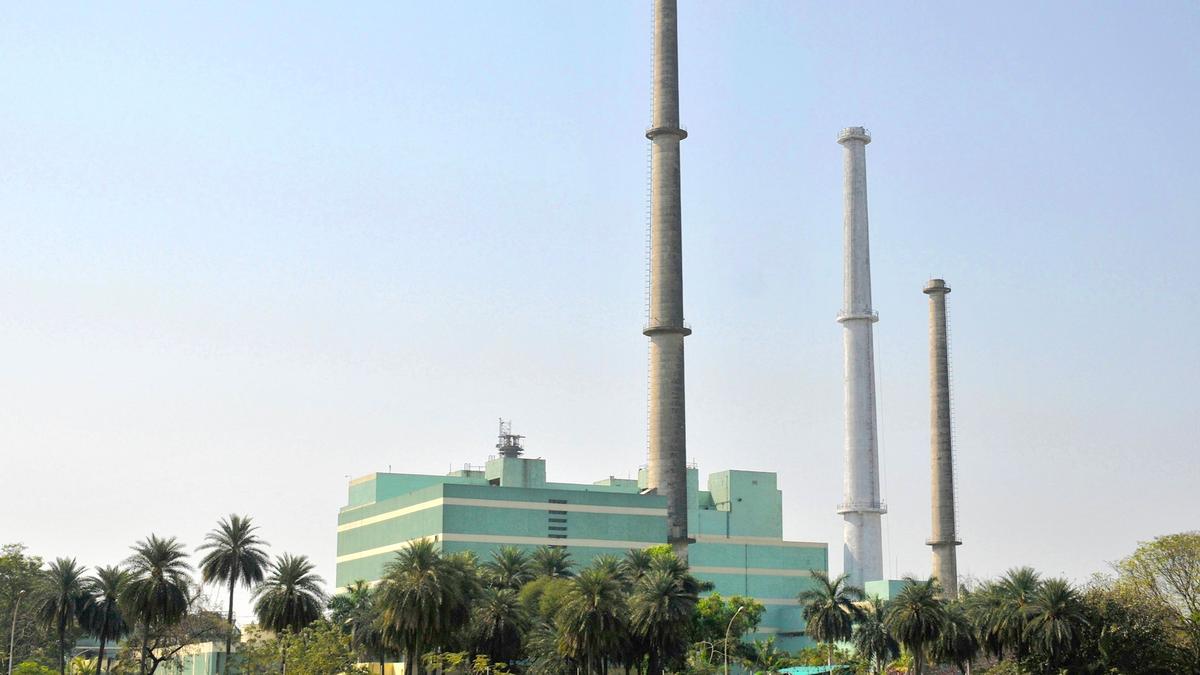Now Reading: Unlocking India’s Nuclear Power Potential
-
01
Unlocking India’s Nuclear Power Potential
Unlocking India’s Nuclear Power Potential

Quick Summary
- Union Budget 2025-26: India announced an ambitious nuclear energy target of 100 GW capacity by 2047 (currently 8.18 GW) to align with goals of becoming a developed country and achieving net zero emissions by 2070.
- Nuclear Energy Mission Key Allocation: ₹20,000 crore dedicated to indigenous advancement of Small Modular Reactors (SMRs), with five operational units targeted by 2033.
- Legislative Reforms: Amendments to the Atomic Energy Act (1962) and Civil Liability for Nuclear Damage Act (2010) were indicated for enabling private sector participation in the nuclear industry.
- India’s Nuclear History: achievements include early leadership in Asia’s research reactors and gradual indigenisation of Pressurised Heavy Water Reactor technology despite international export controls and sanctions arising from geopolitical decisions.
- Current Context and Challenges: India relies heavily on coal-fired power plants, which account for 75% energy generation due to limitations in renewables’ intermittent output despite increasing investments. Nuclear is seen as key for bridging gaps between growth demands and climate commitments under Glasgow COP26 pledges.
- Private Sector Involvement Crucial: To achieve the targeted scale-up, private players will need financial incentives, revised liability frameworks, long-term purchase agreements, clearer tariff regulations, independent safety boards, and relaxed foreign direct investment caps.
Indian Opinion Analysis
India’s expanded focus on nuclear power reflects a pragmatic approach toward balancing developmental aspirations with climate goals amid growing energy demands projected from population growth and urbanisation shifts until mid-century.The proposed reforms signal strategic intent but face implementation challenges-namely legislating clarity around private-public partnerships within a historically state-exclusive domain.the government must balance facilitating foreign collaborations without diluting its control or compromising safety standards while incentivising domestic firms like Adani or Tata towards robust involvement in terms that meet global benchmarks.
Leveraging indigenously designed reactor models will reduce costs while potentially creating export opportunities if standardisation succeeds; though effective execution also hinges upon overhauling bureaucratic bottlenecks around land acquisition processes basic delays slowing infrastructure commissioning timelines like six year schedules recurring projects early halted even aligned delivering schemes dual revenue supporting cost mitigated grids dependent scalable connectivity efficient structural amendments predictablegezetteries





















